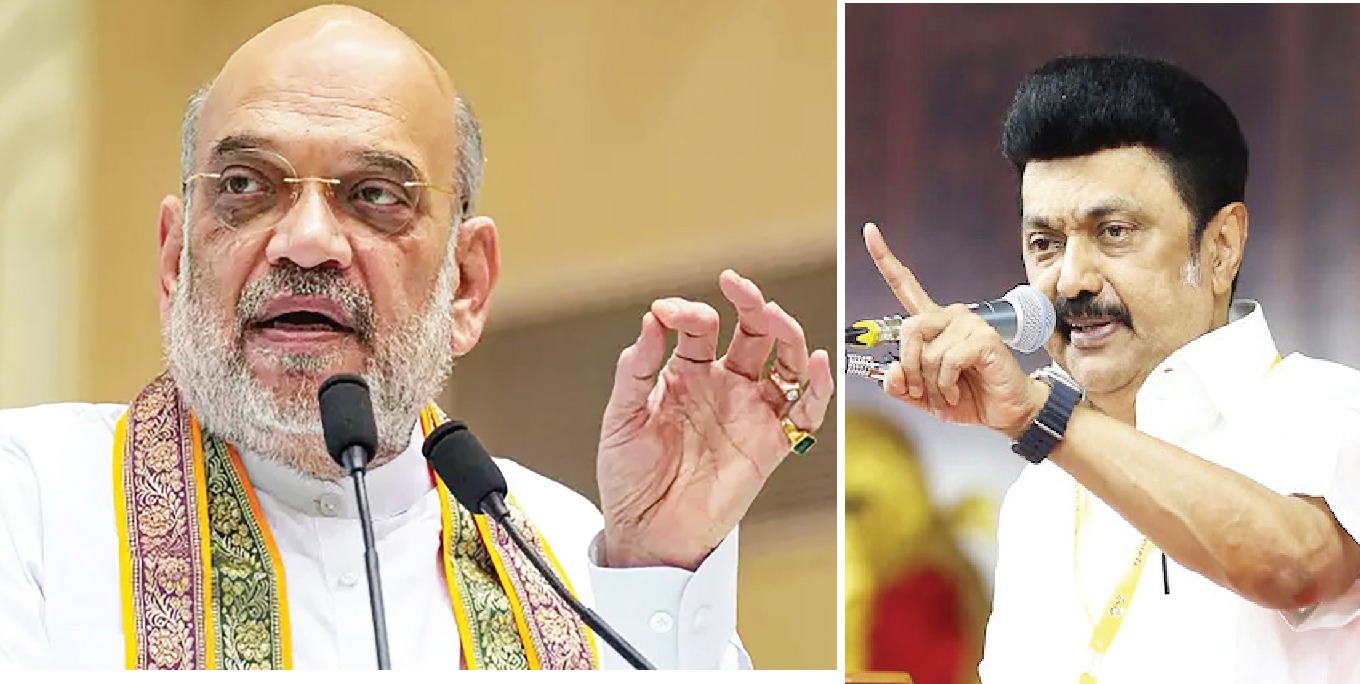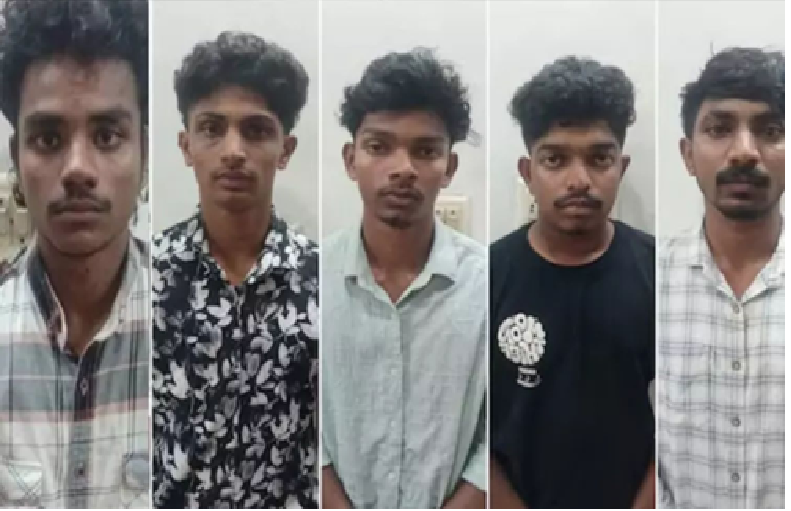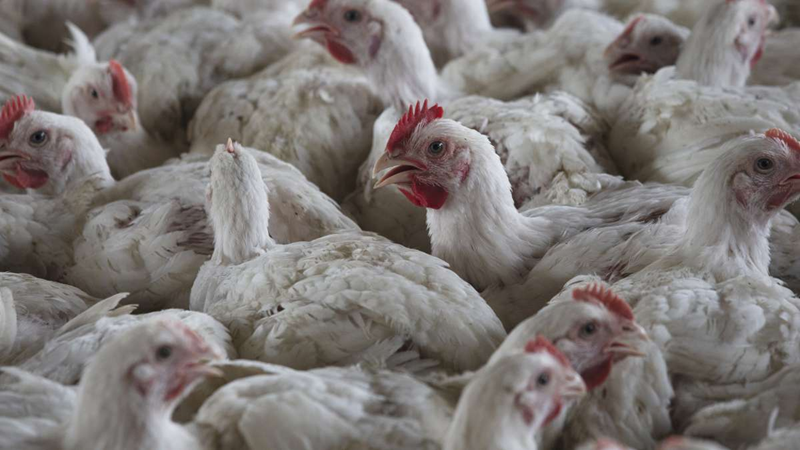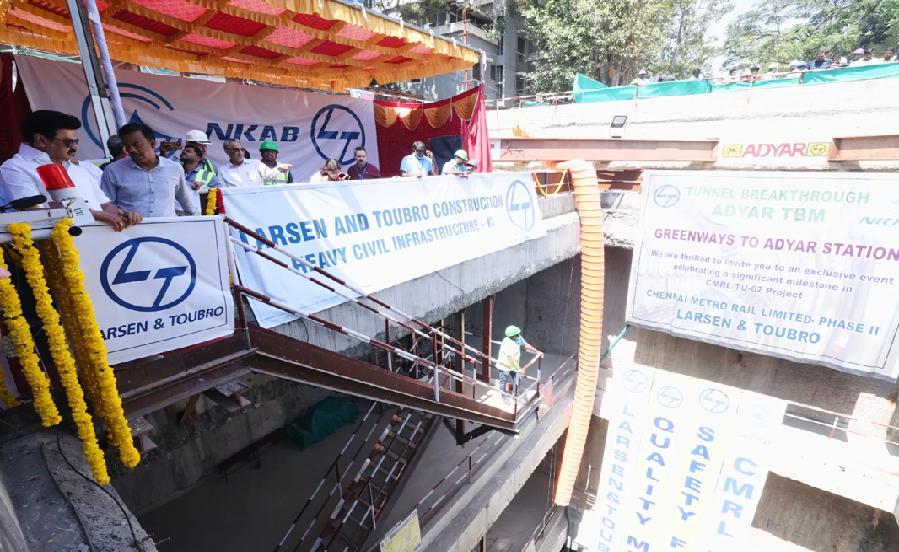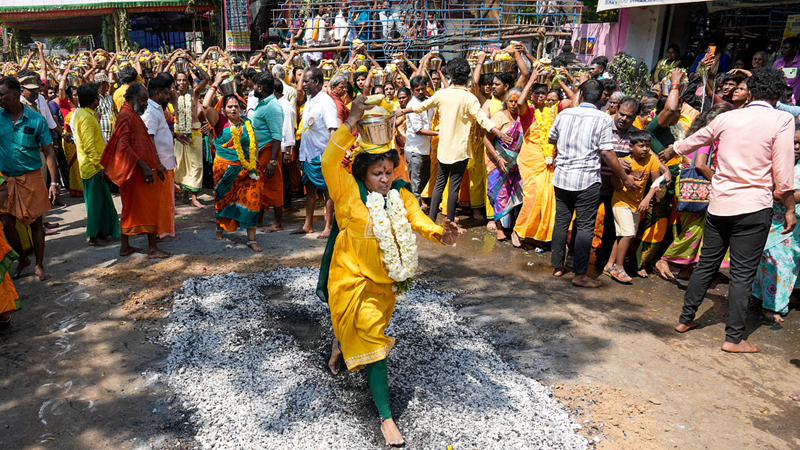
Tilak row over screen portrayal of imperial Cholas
Chennai: While film enthusiasts are eagerly awaiting the release of the history in[1]the spired flick, the multilingual “Ponniyin Selvan-I,” a curious question has been raised on the religious signs portrayed in the movie’s teaser.
An RTI ‘activist’ has demanded to know why Chola kings were shown in the movie’s teaser as sporting tilak on their forehead and not the sacred ash.
Cholas were Shaivites by faith and they should have been portrayed with the Shaivite sign, the sacred ash, the activist Selvam said in a ‘legal notice’. Seeking an explanation and demanding to know if history has been ‘hidden’ in the movie, the notice was sent to the moviemakers and actors through his lawyer
Ponniyin Selvan is based on renowned writer Kalki Krishnamurthy’s (1899-1954) popular Tamil novel of the same name, published in 1955.
The novel was inspired by the history of the imperial Cholas. Ponniyin Selvan denotes ‘Son (the Chola king) of mother Ponni’, which is another name for River Cauvery, that made the Chola land fertile.
The film’s cast include Vikram, Karthi, Jayam Ravi, Jayaram and Aishwarya Rai and is helmed by Maniratnam.
Formerly epigraphist with the Tamil Nadu Archaeology Department and a noted scholar in history, Tamil language and literature, S Ramachandran said the practice of sporting ‘Senchandanam’ was a part of the ‘Kalamukha’ Shaivite sect’s practices. A kumkum-like vertical mark on the forehead, the Senchandanam’s length and width is often medium
The researcher, who has written on several historical issues, said there are literary references on Kalamukha sect’s practices.
In Tamil Nadu, Tiruvotriyur (North Chennai) and Kodumbalur (Pudukottai District) were the two principal places where Kalamukha Shaivism was practised. This was about 800 to 1,000 years before the present times. Led by Mallikarjuna, a Kalamukha monastery thrived in Kodumbalur, he said.
The Kodumbalur ‘Irukkuvelir’ clan, who belonged to the Kalamukha sect were very closely related to the Cholas and there is an inscription as well to substantiate this, he said.
Kalki’s novel gives importance to the Irukkuvelir people and this is noteworthy, Ramachandran said. “So, a red religious mark is not against Shaivism, the history or Kalki’s work,” he said.
Circa 10th Century AD, a Chola army general became a Kalamukha saint after a war. He established a monastery in Tiruvotriyur following a visit to Kasi where he took ‘Deeksha’ from a Kalamukha guru Niranjanar. The general’s name was ‘Malaimandalathu Nandikara Puthur Elankumaran’, and he assumed the name of Chathuranantha Pandithan after he chose the path of spirituality. Worshippers of Goddess Kali also use the bright red mark, Ramachandran told PTI.
“When Vijayalaya Chola emerged victorious (mid 9th Century) he built a temple for Goddess Kali in Thanjavur as a thanksgiving,” he said. Rulers of the valorous Mutharaiyar dynasty have worshipped Goddess Kali
“It is an astonishing fact that a variety of Shaivite monasteries flourished in Tamil Nadu during the Chola era.” Such monastic institutions trace their origins to various parts of the country including regions that now form part of Bengal.
Eventually, the Shaivite sect of Kalamukha was assimilated by Veera Shaivism during the 12 Century AD. “No doubt Chola emperors were ardent Shaivites. Chidambaram Lord Shiva is their family deity. Chidambaram temple Deekshitars (priests) led the coronation events of Chola kings. At the same time, we must never forget that Cholas gave due respect and importance to all faiths,” he said. Cholas built places of worship for Sri Vaishnavism, Jainism and Buddhism. “We have an inscription in Lord Ranganatha Swamy temple in Srirangam on Rajaraja-II (12th Century AD) building a math for Sri Ramanujacharya and the monarch’s keen interest in supporting Sri Vaishnavism.”
The Chola kings bestowed land to support all places of worship including Sri Vaishnavite shrines and they ensured religious harmony, he said. –PTI
 English daily published in Bengaluru & Doha
English daily published in Bengaluru & Doha

